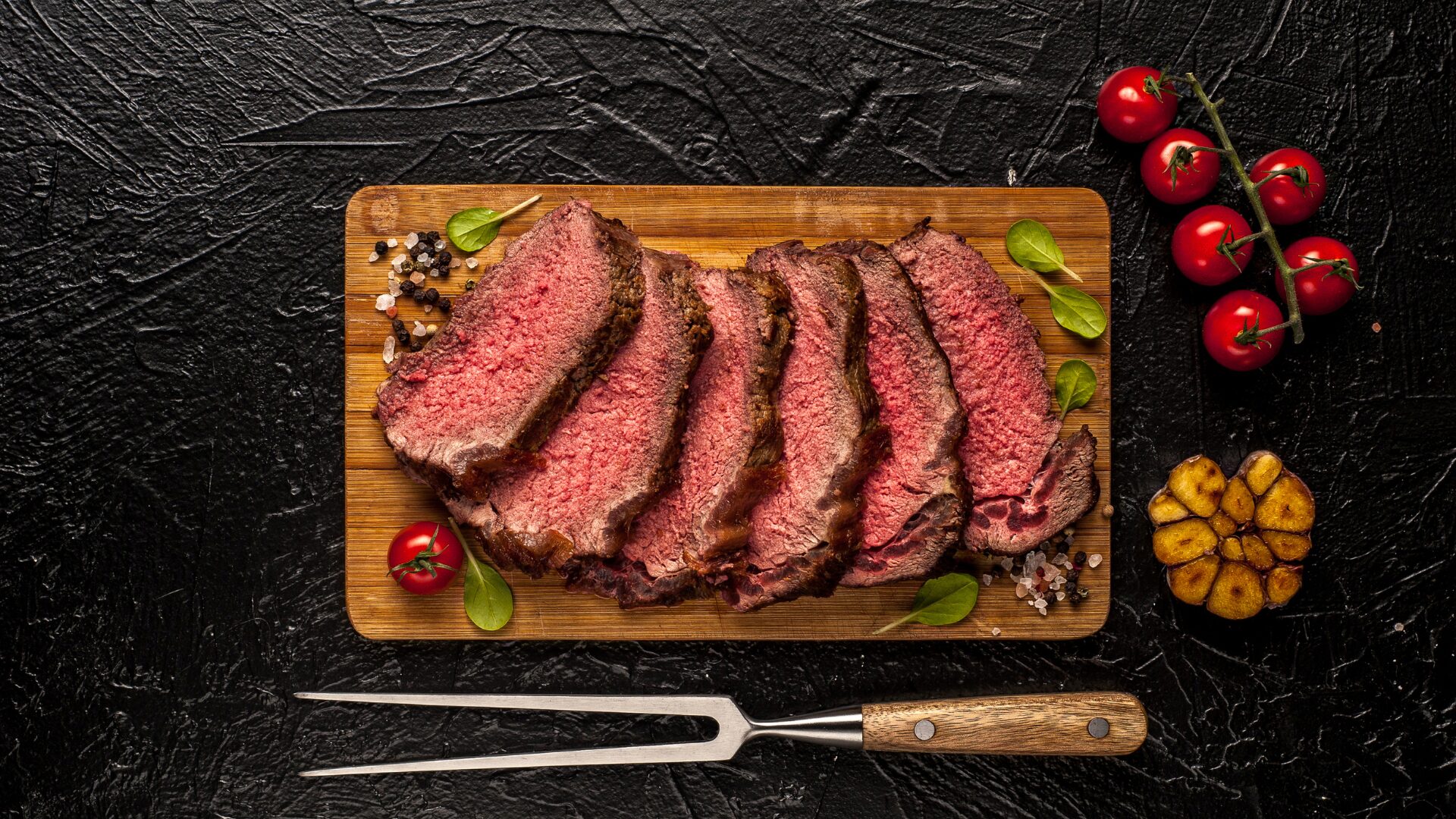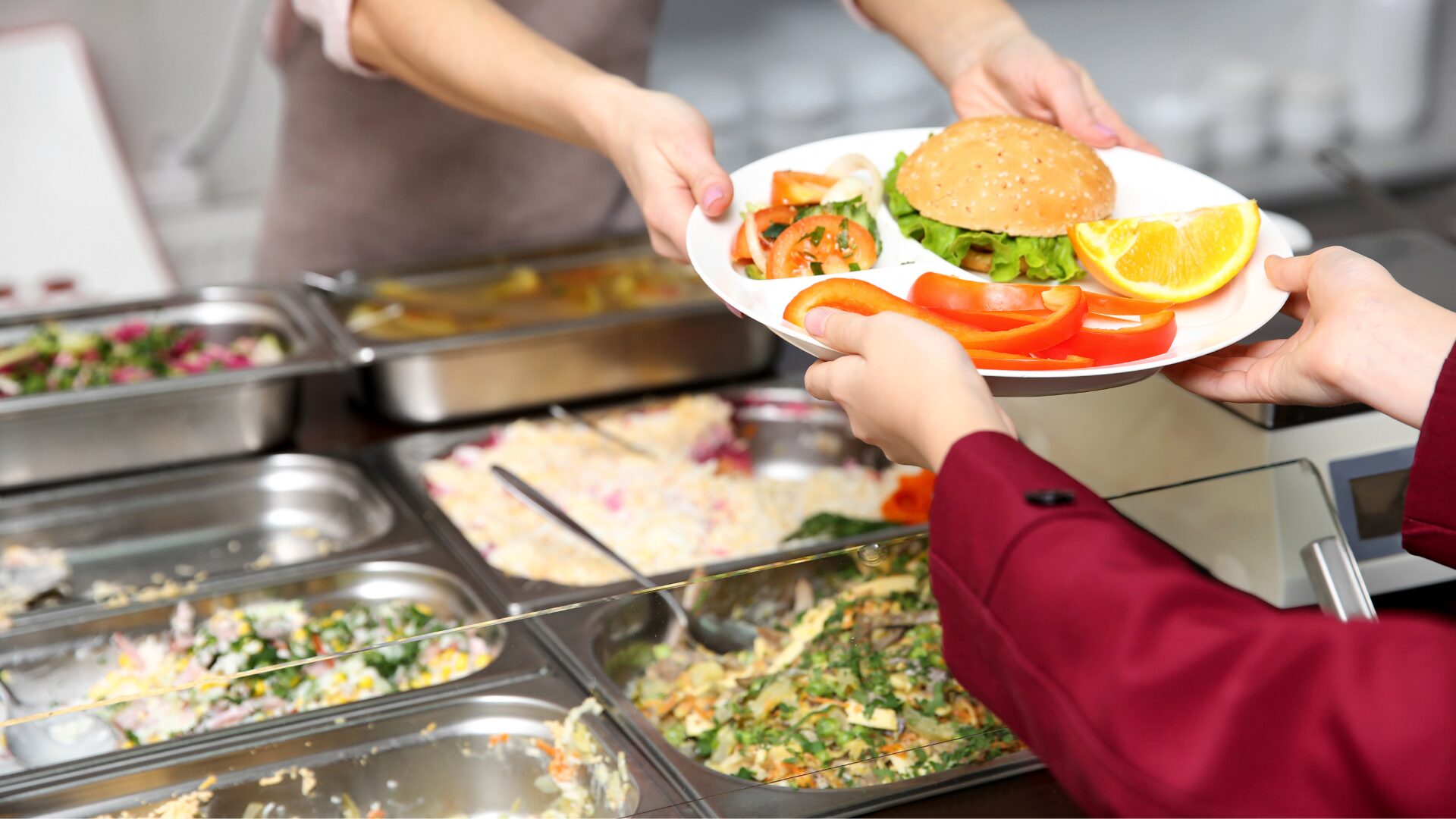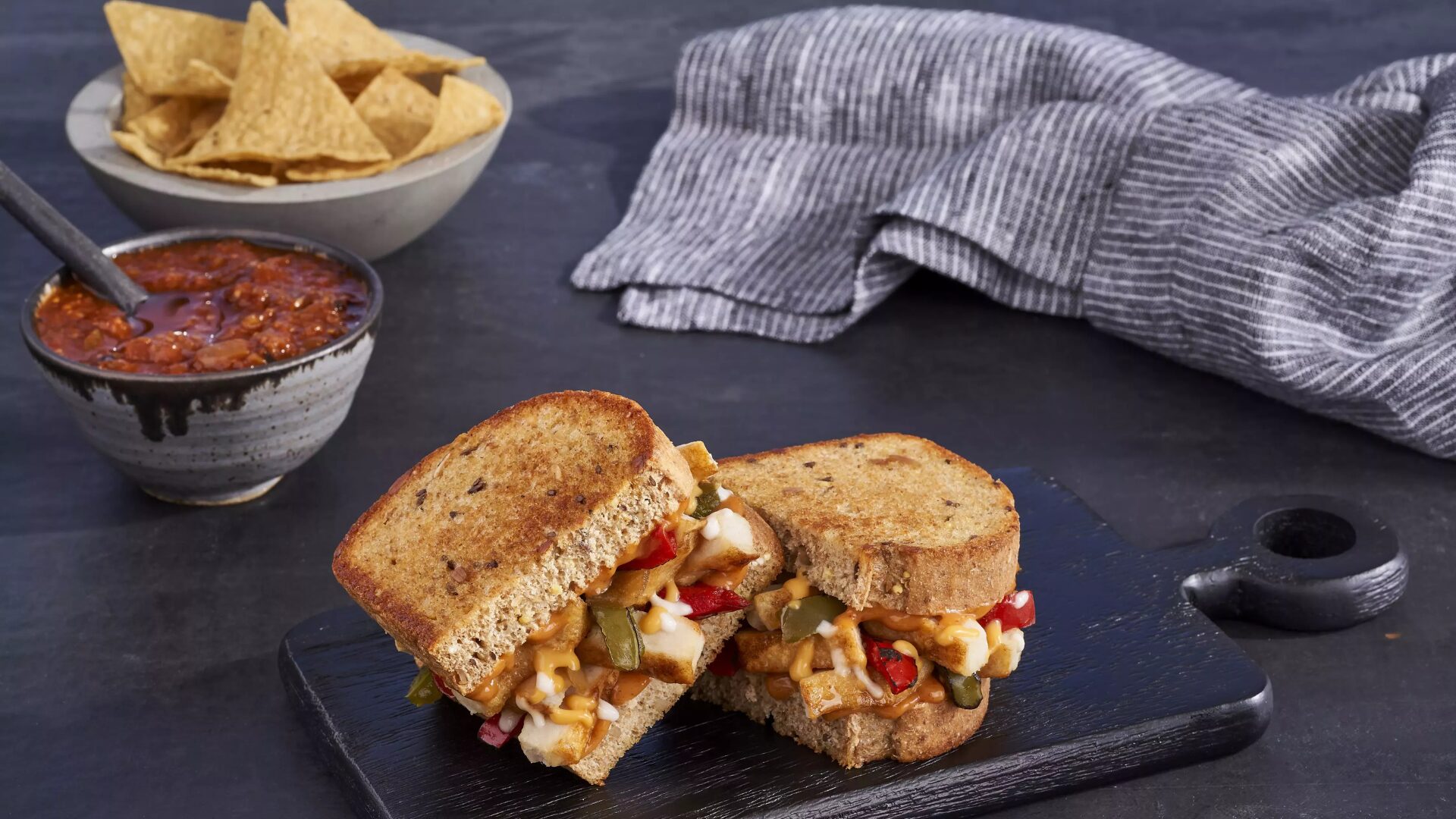Food and the overall inflight experience are more important than price in deciding which airline carrier to book, found J.D. Power’s International Airline Destination Survey, reported Chicago Business Journal (Dec. 6).
“A low fare may be the best way to attract a first-time international passenger, but retaining passengers on routes to Europe and Asia is all about delighting customers with great inflight experiences,” said J.D. Power intelligence lead Michael Taylor. “One of the most powerful ways to do that is with food and beverage offerings that are unique to the airline’s culture and that manage to deliver flavor at altitude where it has been proved that taste buds grow more sensitive.”
American Airlines is taking note of this and is looking to build a new $100 million flight kitchen at DFW International Airport, its biggest hub, reported The Dallas Morning News (Dec. 2).
American is asking the airport board to lease it 21.5 acres on the southwest portion of the property for a “state-of-the-art facility to support the catering needs for AA’s growing operations at DFW,” according to documents for the board’s upcoming meeting.
The airline has been revamping much of its dining offerings for premium flyers and users of its frequent flyers lounges. It recently paired with the James Beard Foundation and chef Sarah Grueneberg to create more appetizing dishes, such as artichoke ravioli, spinach and ricotta rotolo pasta and mushroom bolognese.
“The dishes created channel the classic Italian approach to cooking by focusing on simplicity, great flavors and quality ingredients that we believe will resonate deeply with guests,” Chef Grueneberg said.
As part of the partnership American customers can expect to receive an elevated culinary experience when traveling, reported Charlotte Business Journal (Nov. 30).
Passengers traveling from the U.S. to Europe in Flagship First and Flagship Business, along with flights from the U.S. to South America and transcontinental flights between JFK and either Los Angeles or San Francisco, are currently taking advantage of the new menu.
Patrons can pre-order the meals on American’s website starting 30 days before a booked flight to 24 hours prior to departure.
The new kitchen will continue to be operated by LSG Sky Chefs under its current contract with American Airlines, according to American Airlines spokeswoman Annie Lorenzana.
“The current catering kitchen was built in 1982 and is too small and inefficient for today’s needs,” said Lorenzana. “A new kitchen is critical to enable future expansion.”
Meanwhile, Delta recently introduced new, enhanced economy cabin service including bellinis and mix-and-match appetizers on all international flights longer than six hours. Standard meal trays are replaced with more elegant, custom-designed serviceware made with 30% bio-based materials, featuring upgraded cutlery that ditches the plastic wrapper in favor of a new, sleek placemat for the tray table.
The airline industry is also looking to improve upon its healthy food options. Hunter College NYC Food Policy Center and Diet Detective recently released its 2019-2020 Airline Food Study, rating foods for 11 airlines. The study assigned a “Health Score” (5 stars = highest rated, 0 star = lowest rated) based on certain criteria, including healthy nutrients and calorie levels of meals, snack boxes and individual snacks, level of transparency (display of nutrient information), overall sodium levels and water health.
This year, Alaska Airlines and Air Canada share the top spot as the healthiest airlines with a score of 4.0. Jet Blue, Delta and United Airlines followed with scores of 2.9, 2.9 and 2.7 respectively.
In other news, AirAsia opened its first restaurant, becoming the first airline to bring its in-house food offerings to the ground, reported CNN (Dec. 3). Entrees cost around $3 and include local delicacies as well as locally sourced coffee, teas and desserts. The airline plans to open more than 100 restaurants globally within the next five years.
AirAsia hopes its Asian-specific food will attract people over its western competitors. It’s also part of the company’s broader plan to become a lifestyle brand, according CEO Tony Fernandes.









